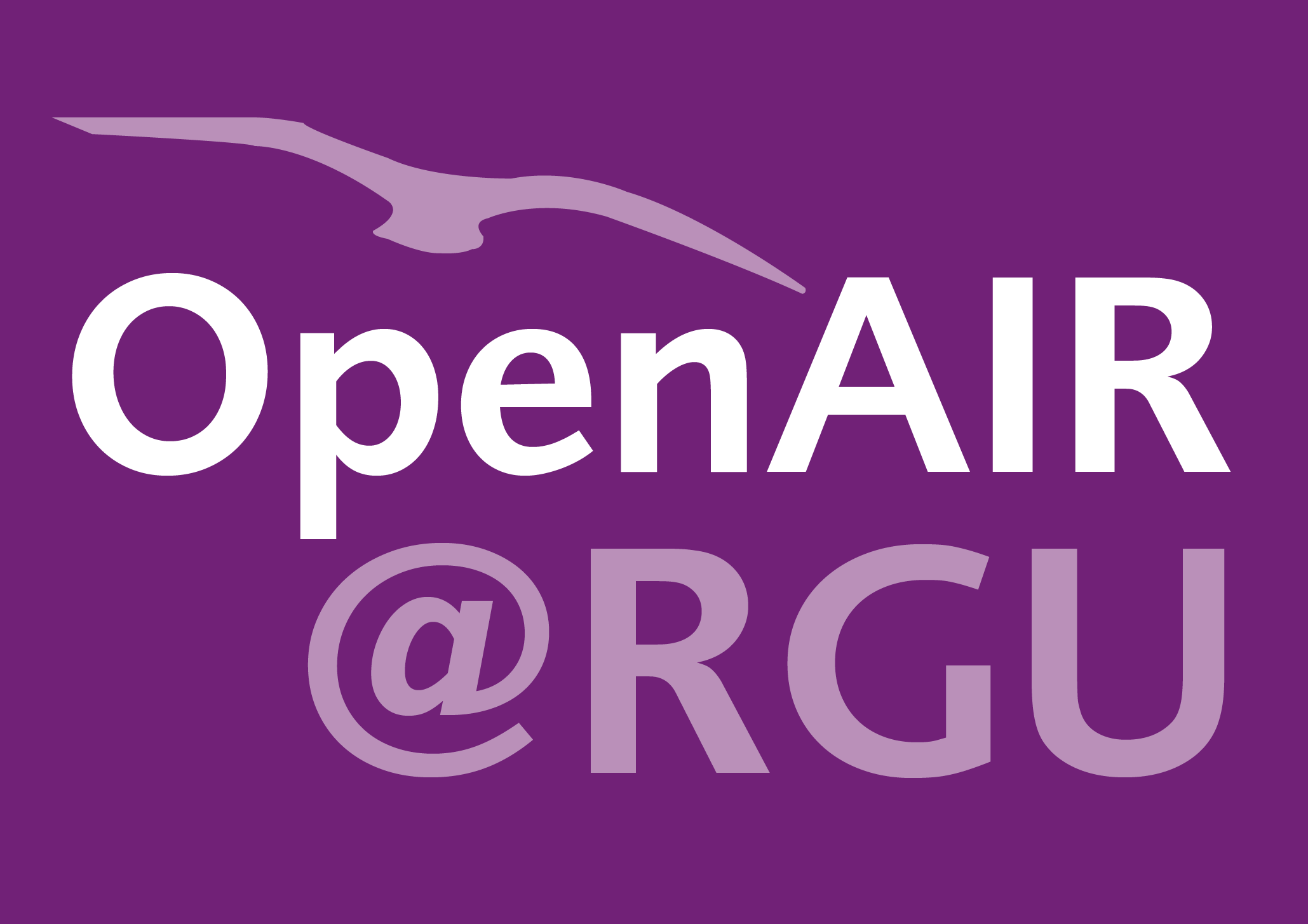Edward Archer
Data Collector
The fate of pharmaceuticals and personal care products (PPCPs), endocrine disrupting contaminants (EDCs), metabolites and illicit drugs in a WWTW and environmental waters. [Dataset]
Contributors
Dr Bruce Petrie b.r.petrie@rgu.ac.uk
Data Collector
Barbara Kasprzyk-Hordern
Data Collector
Gideon M. Wolfaardt
Data Collector
Abstract
A large number of emerging contaminants (ECs) are known to persist in surface waters, and create pressure on wastewater treatment works (WWTW) for their effective removal. Although a large database for the levels of these pollutants in water systems exist globally, there is still a lack in the correlation of the levels of these pollutants with possible long-term adverse health effects in wildlife and humans, such as endocrine disruption. The current study detected a total of 55 ECs in WWTW influent surface water,41 ECs in effluent, and 40 ECs in environmental waters located upstream and downstream of the plant. A list of ECs persisted through the WWTW process, with 28% of all detected ECs removed by less than 50%, and 18% of all ECs were removed by less than 25%. Negative mass balances of some pharmaceuticals and metabolites were observed within the WWTW, suggesting possible back-transformation of ECs during wastewater treatment. The current study propose the potential of the pharmaceuticals carbamazepine, naproxen, diclofenac and ibuprofen to be regarded as priority ECs for environmental monitoring due to their regular detection and persistence in environmental waters and their possible contribution towards adverse health effects in humans and wildlife. The supplementary data presented here includes figures and tables showing results of these experiments, as well as providing more information on the processes used.
Citation
ARCHER, E., PETRIE, B., KASPRZYK-HORDERN, B. and WOLFAARDT, G.M. 2017. The fate of pharmaceuticals and personal care products (PPCPs), endocrine disrupting contaminants (EDCs), metabolites and illicit drugs in a WWTW and environmental waters. [Dataset]. Chemosphere [online], 174, pages 437-446. Available from: https://www.sciencedirect.com/science/article/pii/S0045653517301212?via%3Dihub#appsec1
| Acceptance Date | Jan 20, 2017 |
|---|---|
| Online Publication Date | Jan 26, 2017 |
| Publication Date | May 31, 2017 |
| Deposit Date | Apr 6, 2021 |
| Publicly Available Date | Apr 6, 2021 |
| Publisher | Elsevier |
| DOI | https://doi.org/10.1016/j.chemosphere.2017.01.101 |
| Keywords | Endocrine disrupting contaminants (EDCs); Pharmaceuticals and personal care products (PPCPs); Illicit drugs; Wastewater; Risk assessment |
| Public URL | https://rgu-repository.worktribe.com/output/1299468 |
| Publisher URL | https://www.sciencedirect.com/science/article/pii/S0045653517301212?via%3Dihub#appsec1 |
| Related Public URLs | https://rgu-repository.worktribe.com/output/1269162 |
| Type of Data | 1 DOCX containing supplementary tables and figures and accompanying TXT file. |
| Collection Date | Jan 15, 2017 |
| Collection Method | The study included the screening for 90 ECs including 38 deuterated internal standards for the method development. All chemicals were prepared at either concentrations of 0.1 or 1 mg mL−1 in the relevant solvents and stored in the dark at −20 °C. All glassware were deactivated using dimethylchlorosilane (DMDCS) in toluene (5% v/v) to limit the sorption of basic chemicals to glass surfaces. Both the MeOH and toluene used for experimentation were obtained from Sigma-Aldrich (99%, HPLC grade). The site of study was at a WWTW situated in the Gauteng Province of South Africa (Fig. 1; Fig. S1). Sampling was done over five consecutive days during the month of July 2015 (Monday to Friday). The collected water samples were adjusted to a pH of 7 (±0.2) and filtered using 0.45 μm pore size PTFE filters prior to solid-phase extraction (SPE). A Waters Acquity UPLC system coupled to a Xevo Triple Quadrupole Mass Spectrometer (UPLC/TQD-MS; Waters, Manchester, UK) was used following the method described by Petrie et al. (2016). Two separate chromatography methods were used for the quantification of acidic and basic compounds, as further described in the supplementary information (Fig. S2). Statistical analyses were performed using Statistica (version 13.0). A more detailed explanation of the methods and materials used can be found in Section 2 of the article published in Chemosphere (https://doi.org/10.1016/j.chemosphere.2017.01.101). |
Files
ARCHER 2017 The fate of pharmaceuticals (Dataset)
(732 Kb)
Archive
Publisher Licence URL
https://creativecommons.org/licenses/by/4.0/
You might also like
Downloadable Citations
About OpenAIR@RGU
Administrator e-mail: publications@rgu.ac.uk
This application uses the following open-source libraries:
SheetJS Community Edition
Apache License Version 2.0 (http://www.apache.org/licenses/)
PDF.js
Apache License Version 2.0 (http://www.apache.org/licenses/)
Font Awesome
SIL OFL 1.1 (http://scripts.sil.org/OFL)
MIT License (http://opensource.org/licenses/mit-license.html)
CC BY 3.0 ( http://creativecommons.org/licenses/by/3.0/)
Powered by Worktribe © 2025
Advanced Search
